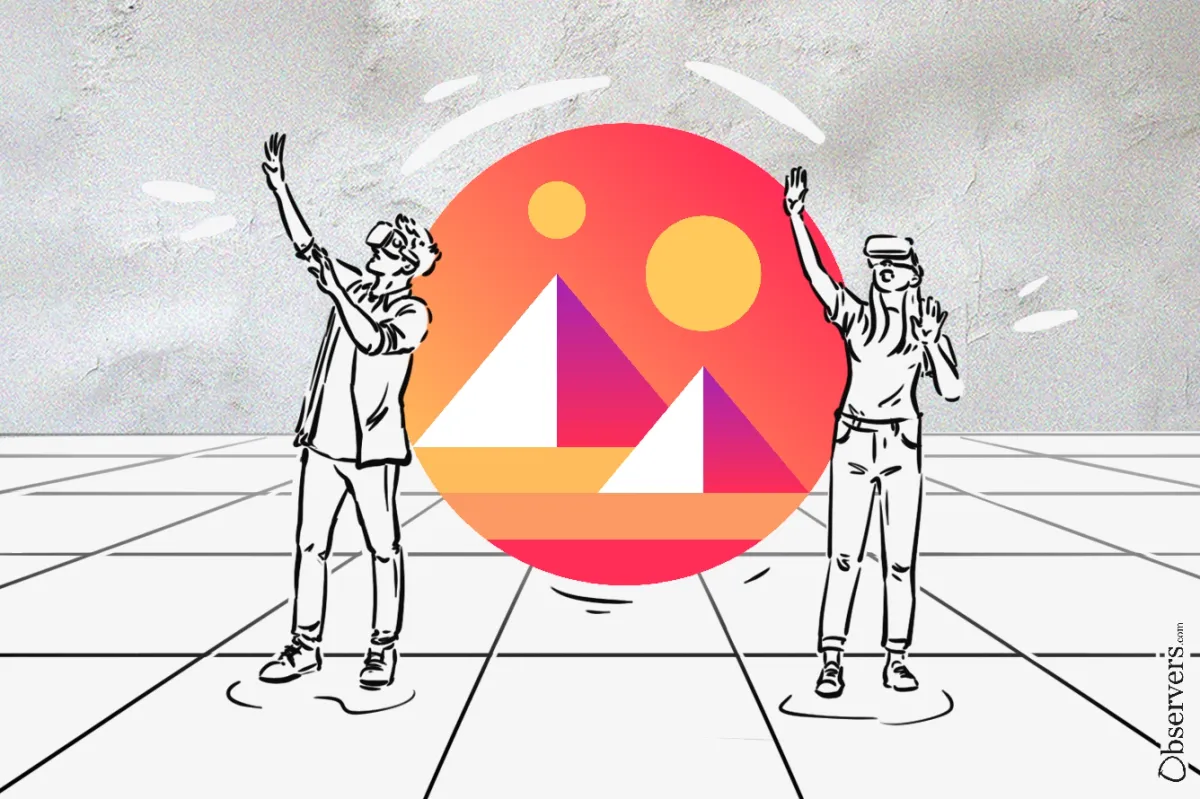
Everywhere you look, the price of land is going up. Everywhere, but in the metaverse.
The Ethereum-based platform Decentraland was once predicted to be the epicenter of a new age of online connectivity, a time when digital experiences would be fully integrated into our daily lives.
The community-owned virtual world where users can develop their own environments by purchasing land, buying and trading digital objects, creating experiences, and interacting with other users was promised to be the next hot digital frontier of technology.
At the end of 2021, the price of its 90,000 parcels of land, each roughly 50 feet by 50 feet, was skyrocketing.
Now, it has become a ghost town. The price of its land parcels fell by nearly 95%, and according to data from DappRadar, more than 90% of its users have abandoned it. Its native token, MANA, which in November 2021 was trading above $5, is currently trading at $0.27.
Why The Fall
In a conversation with the New York Times in December 2021, Michael Gord, a co-founder of the Metaverse Group, said: “It’s inevitable that the metaverse will be the No. 1 social network in the world.”
Metaverse Group is a virtual real estate company that owns property in Decentraland. In October 2021, Tokens.com purchased 50% of its shares for $1.7 million and opened a big tower in the virtual reality world, predicting it would soon be renting its space at a high price to major international brands that would follow the steps of Louis Vuitton, Gucci, and Burberry in setting up shop in this decentralised virtual space.
At about the same time, Mark Zuckerberg announced the rebranding of Facebook for Meta, intending to have a dominant position in the new digital frontier that the metaverse promised to be.
But the digital land boom never happened.
With the end of the COVID-19 pandemic, business, for the most part, got back to normal. As life, as we knew it, slowly resumed, improving work and social floats that already worked well with much more straightforward and cheap technology became less of a priority.
Nothing, however, slayed the hype around metaverse quite like the launch of ChatGTP to the general public in November of the following year. The rise of artificial intelligence shifted users’ attention and investors’ priorities and outshone every other incipient technology.
Not Everything Is Lost
Lavoisier once said, “Nothing is lost, nothing is created, everything is transformed.”
Despite investors’ pressure to disinvest in Meta’s metaverse arm Reality Labs following multiple reports of billion-dollar losses, Zuckerberg continues to pursue his virtual reality plans. Like him, other tech giant companies, including Google, Apple, Nvidia, and Microsoft, are developing gadgets for use in metaverses.
Discussing the decision to devote so much of Meta’s resources to the metaverse in an interview with Bloomberg, Zuckerberg said, “I actually think all the companies that are investing are making a rational decision because the downside of being behind is that you’re out of position for like the most important technology for the next 10 to 15 years.”
On-chain, the vision is still very much alive, too. In 2023, when user engagement metrics were already severely depressed, Decentraland launched 68 new features. This year, the Web3 project hosted its first-ever Community Summit in May, where a demo of an improved Desktop Client service was presented.
Evidence from a recent issue with wearables that was quickly fixed suggests that, while the community might be much smaller than it once was, they continue to be dedicated to building a great digital world.

